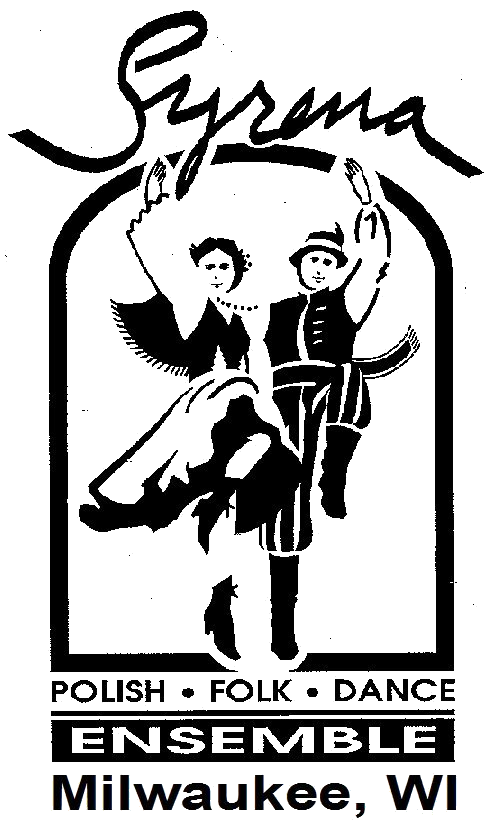Rzeszow
This is a selection of robust dances typical for the region of Rzeszów in Southern Poland. They are dances of a very simple form and earthy in temperament with humorous little verses. The men and women taunt each other in song between the various dances. The many changes of temperament are characterized by a spirit of spontaneity as well as the dances, which include various polkas.
History of Rzeszów Dances
In the southeastern borderline of Poland there is an area of picturesque beauty with vast uninhabited terrain, where sheep graze on rolling hills. These are the Bieszczady mountains, part of the Rzeszów region. The Rzeszów region, named after the main town, has been inhabited by Polish people since the early Middle Ages. The folk culture flourished there during the 14th through 16th centuries. It is still very rich and varied. One reason for this is that it seemed to concentrate around specific localities (Rzeszów, Lancut, Prze-works, Przemysl, Krosno, Tarnobrzeg), each locality maintaining separate and varied traits of their own, and hence, even now, one car see distinctive cha-racteristics in the folklore of different areas.
Another reason for this richness and variety is that Rzeszów region situated near the border has absorbed influences from her neighbors and other ethnic groups. For instance: (1) The southern belt of the region until the end of World War II was inhabited by the Ukrainians. (2) For centuries a large Jewish community, with their specific culture in Eastern Europe, made up a big percentage of the population, participating actively in the economic, social and cultural life of the province. (3) In 1880, crude oil has been discovered near Krosno and Jasio, Hungarian specialists had been brought in to help establish the wells. They created a settlement and, in years, merged into the Polish population. (4) In northern part of the Rzeszów region (around Tarnobrzeg) we see influences of the culture from Central Poland, as workers came from there, mainly in order to clear the Sandomierz virgin forests. These people have been named the Lasowiak’s from the word las (forest); lasowiak is also the name of one of their dances.
Another factor for this variety in Rzeszów folklore is that in the 18th century, when Poland was partitioned, the region was divided between Austria and Russia. Communication between different centers became difficult and specific characteristics were preserved. The partitions brought poverty to people. As a consequence many emigrated abroad, especially to the United States.
The Rzeszów dances, varied as they are, have some common characteris-tics. They are all lively and dynamic. They are usually done on bent knees and there is often some jerky movement of the arms going on at the same time. They leave room for on the spot improvisations, as, for instance, wide opening of the arms, fluttering of the hand high in the air, sudden high jumps combined with kneeling, etc. Squeaky giggles done by the girls and shouting comments done by men (“evenly, boys, evenly,” “to the left,” “Kathy, hold on to my buckle”) accompany the dances. Boys and girls often gather in their own groups and dancing is then intermingled with teasing songs.
In the Rzeszów region there now exists many singing, dancing and acting amateur groups and folk orchestras, some of them very old. Several of them have participated and won prizes at international festivals in Europe. Be-cause of their beauty Rzeszów dances, more than the dances of other regions, are studied and performed in other parts of Poland. And the Polish State Folk Ballet, Masowsze, has included them in their repertoire.
The traditional Rzeszów folk orchestra consists of 2 violins, one clarinet, a cymbaly (a dulcimer typical to that region) and a 3-string bass. The music is often played slower in the beginning and then speeded up.
